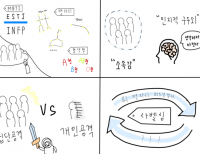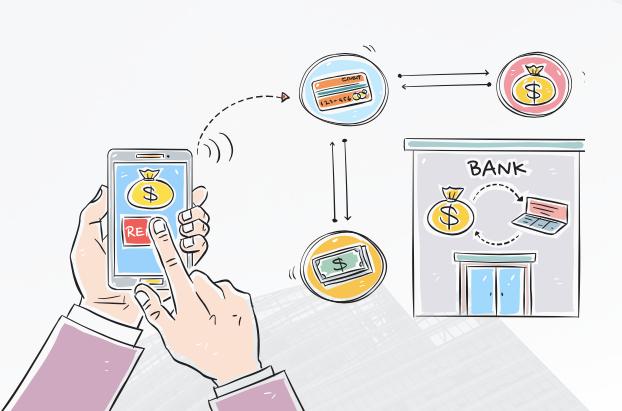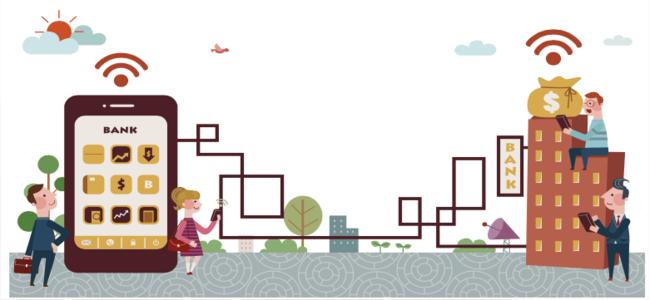A bank run, which refers to a large-scale withdrawal of deposits by customers, happens when people fear problems with the stability of their banks. However, now that mobile banking has developed, we can withdraw money with just a few clicks without having to visit the bank in person. This led to the bankruptcy of the large bank in just 36 hours. SVB's maintrading base is startup companies in Silicon Valley. Recently, the government's interest rate hike to control inflation has increased the borrowing burden of companies, and as bank loans decreased, SVB invested in bonds to make a profit. However, continued interest rate hikes devalued bonds with high liquidity risk until maturity, and SVB sold the bonds at a lower price than it purchased them to cover ongoing withdrawals. As this situation continued, SVB's losses increased to about 1.8 billion dollars, and the news spread rapidly through the Internet.
Upon learning of SVB's loss of 1.8 billion dollars, depositors began to withdraw their deposits quickly through mobile banking, and about 42 billion dollars were withdrawn from SVB in one day. Max Joe, the founder of Coverage Cat, recalled that at a founder's event, he witnessed all the fellow founders tapping their smartphones, and that the bank run happened in the form of a “bank-tap” through smartphones. The US government has taken swift action to prevent a chain of global financial system collapses caused by the bankruptcy. First Citizens Bank took over all deposits and loans of bankrupt SVB at a discount of about 77%, and the Federal Deposit Insurance Corporation plans to manage the remaining 90 billion dollars of the assets seized.
SVB's smartphone bank run shocked both financial institutions and people around the world. Financial access has become simpler and the speed of bank runs has increased with the rapid development of the internet and smart devices. The bankruptcy of SVB showed that technological advances can materialize financial crises in a completely different way than in the past. Crisis response methods must also evolve along with the speed of technology so that such crises do not repeat themselves.
78th Reporter • Joung Dong Jun • beancurd123@kyonggi.ac.kr
 Freedom Given to Youth: An Opportunity for Choice or a Burden of Constraint?
“Are we truly free today?” Classical literature is far more than time-honored stories. It offers profound insights into human nature and society that transcend time, remaining a valuable resource for examining the challenges our world faces today. This article will draw on George Orwell’s 1984 and Charles Dickens’ Oliver Twist to explore the contemporary issues of youth housing and the emergence of a surveillance society ...
Freedom Given to Youth: An Opportunity for Choice or a Burden of Constraint?
“Are we truly free today?” Classical literature is far more than time-honored stories. It offers profound insights into human nature and society that transcend time, remaining a valuable resource for examining the challenges our world faces today. This article will draw on George Orwell’s 1984 and Charles Dickens’ Oliver Twist to explore the contemporary issues of youth housing and the emergence of a surveillance society ...

 [단신] 산악회, 본교 동문의 버팀목이 될 수 있도록
[단신] 산악회, 본교 동문의 버팀목이 될 수 있도록
 [사회메인] 노인 인구 1,000만 시대, 준비 없는 사회가 불안해
[사회메인] 노인 인구 1,000만 시대, 준비 없는 사회가 불안해
 [네컷만화] 라벨링 문화
[네컷만화] 라벨링 문화
 [진리터] 결국 우리 모두 돌아볼 것이니
[진리터] 결국 우리 모두 돌아볼 것이니

 목록
목록












